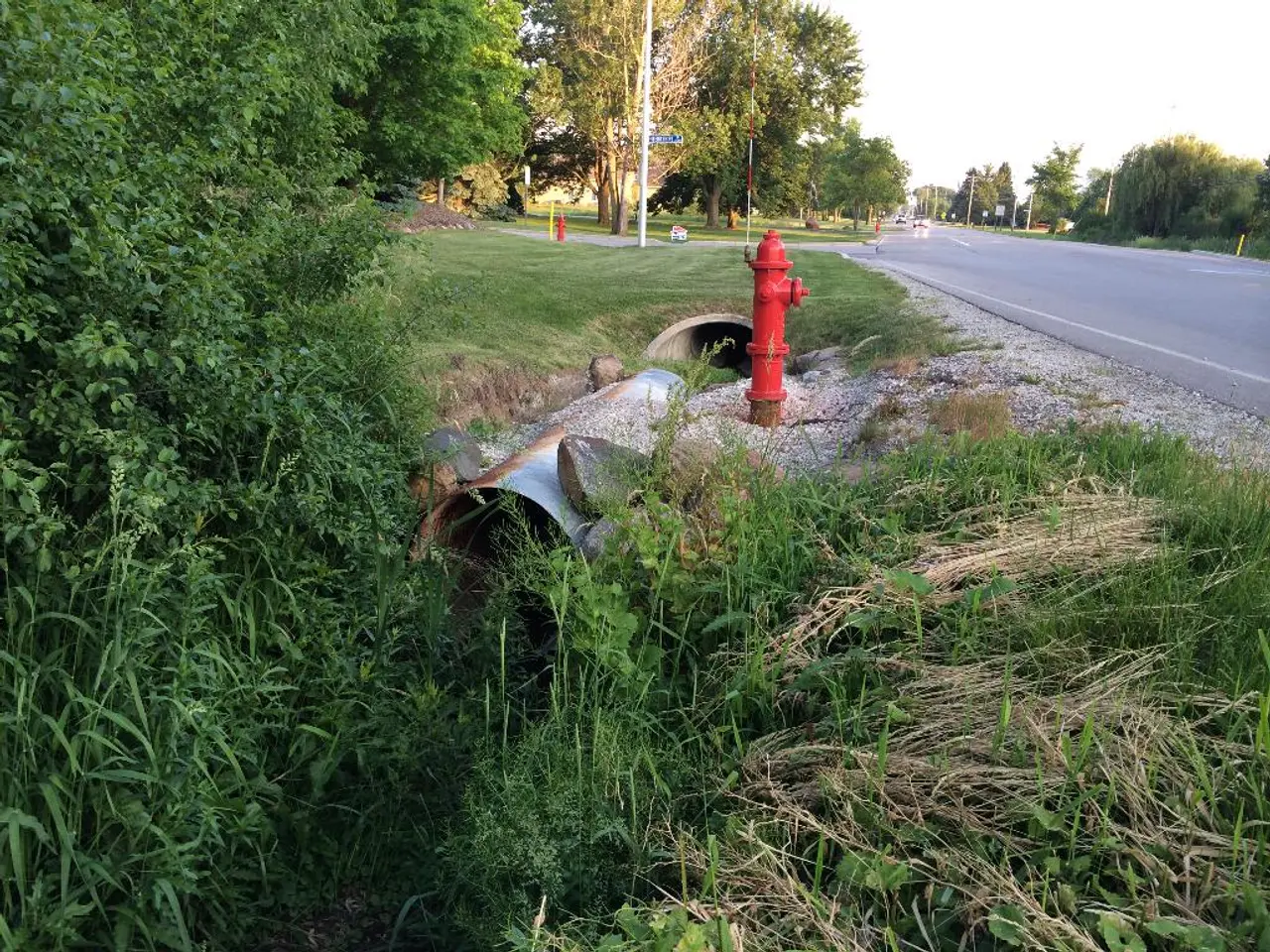Rooting Hydrangea Sections: A Guide to Hydrangea Cuttings Propagation
In the world of gardening, hydrangeas are a popular choice for their stunning blooms. If you're looking to expand your hydrangea collection, propagating from cuttings is an easy and cost-effective method. Here's a comprehensive guide to help you propagate hydrangeas from cuttings successfully, whether in soil or water.
### Selecting the Best Hydrangea Cutting
Choose a healthy stem from the current season's growth, devoid of flowers. Ideal cuttings are about 4 to 6 inches long, with several leaves and at least one or two nodes (where leaves join the stem). Take the cutting in late spring or early summer when the plant is actively growing.
### Applying Rooting Hormone (Optional)
While hydrangeas can root without it, rooting hormone enhances success and speeds rooting. Cleanly cut the base of the stem just below a node, then dip the cut end into rooting hormone powder or gel if available.
### Placing the Cutting in Soil
Use a pot filled with a moist, well-draining rooting medium such as gritty compost, peat-free compost mixed with perlite, or a soil-compost mix. Insert the treated cutting into the soil deep enough to cover at least one node, firm the soil around it gently, and water the medium lightly to settle it.
### Placing the Cutting in Water (Optional)
Some gardeners root hydrangea cuttings in water by placing the cut ends in a jar with clean water. Change the water regularly to keep it fresh and prevent rot. Once roots are about an inch or longer, transplant the cutting into soil to establish permanent roots.
### Caring for the Cuttings During Rooting
Keep the soil or water consistently moist but not waterlogged. Maintain high humidity around the cutting by covering it with a clear plastic bag or placing it under a propagator lid to reduce water loss. Place the cutting in a bright location with indirect sunlight; avoid direct harsh sunlight which can stress or dry out the cutting. Rooting usually takes a few weeks; once roots develop, gradually acclimate the new plant to normal growing conditions before transplanting outdoors or into regular pots.
By following these steps, you can successfully propagate hydrangeas from stem cuttings in both soil and water, resulting in thriving new plants. However, rooting hydrangeas in water may not be as successful as using soil, as the water-grown root system can be weaker.
### Additional Tips
- The best time to propagate hydrangeas from cuttings is early autumn. - Place the covered pot in a sheltered location out of direct sunlight. Check the soil's moisture level every few days. - Optionally, apply rooting hormone to the end of the cutting. - Propagating hydrangeas from cuttings results in an identical plant. - To determine which method works best for you, try both methods of propagation. - If the initial pots become crowded, transplant the cuttings into bigger containers. - Leaves on the cutting should remain to allow photosynthesis, but decreasing water demand and stress on the plant by cutting remaining leaves in half.
With patience and careful attention, you'll soon have a thriving collection of hydrangeas to brighten your garden or home. Happy propagating!
Enhance your home-and-garden lifestyle with a thriving collection of hydrangeas by propagating from stem cuttings. To do this, choose a healthy stem from the current season's growth, devoid of flowers, and follow the comprehensive guide provided for successful propagation in both soil and water.




